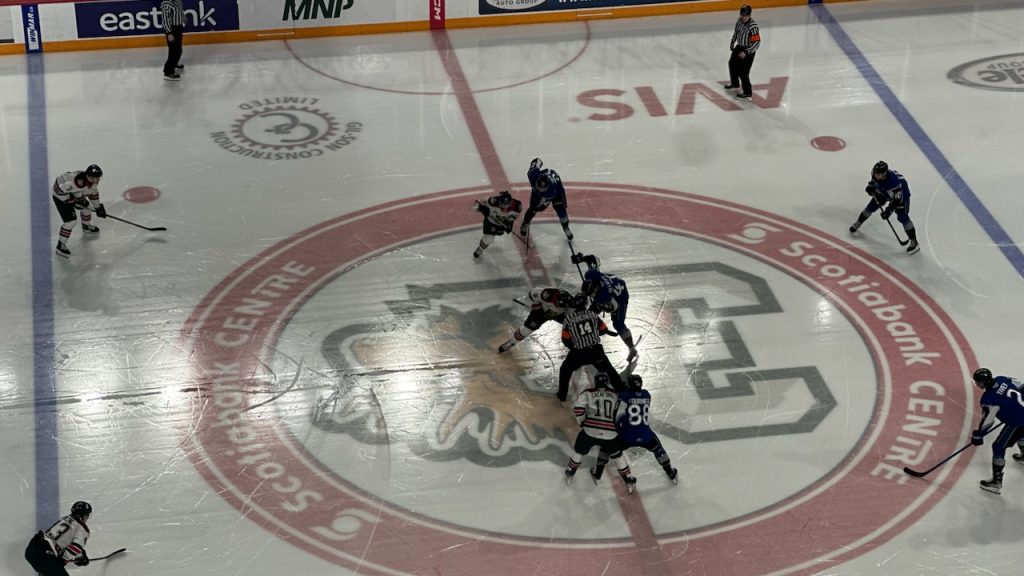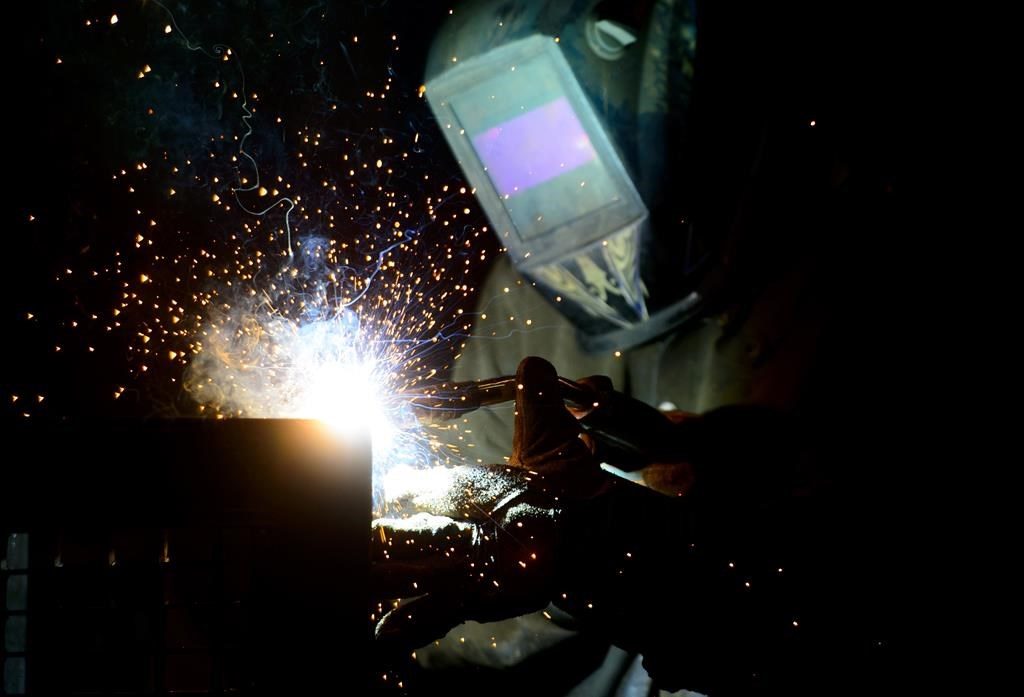Correction: Woman Killed-Baby Taken story
Posted Sep 24, 2018 03:52:09 PM.
Last Updated Sep 24, 2018 04:20:53 PM.
This article is more than 5 years old.
FARGO, N.D. – In a story Sept. 16 previewing a trial in the death of a North Dakota woman whose baby was cut from her womb, The Associated Press misidentified the victim. She was Savanna Greywind, not Samantha Greywind.
A corrected version of the story is below:
2nd trial in case that shined light on missing Native women
The case of a North Dakota woman who bled to death when a neighbour cut her baby girl from her womb will be replayed in court this week when a second suspect in her killing goes to trial
By DAVE KOLPACK
Associated Press
A second suspect in the killing of a North Dakota woman whose baby was cut from her womb will stand trial this week, more than a year after her disappearance transfixed the state and shined a light on what advocates call oft-overlooked violence against Native American women.
Savanna Greywind was 22 years old and eight months pregnant when she vanished in August 2017. Her disappearance sparked vigils and searches before her body was found eight days later, shrouded in plastic and dumped in the Red River.
A neighbour in her apartment building, Brooke Crews, admitted that she killed Greywind and cut her baby from her womb. Crews’ boyfriend, William Hoehn, goes on trial Tuesday on a charge of conspiracy to commit murder. Hoehn has admitted that he helped cover up Greywind’s murder, but he said he didn’t know Crews had planned to kill her.
Here’s a look at the case and the trial:
MODELING A DRESS, THEN AN ATTACK
Crews and Hoehn lived in apartment two floors above Greywind’s, and Crews had befriended the young woman. Shortly before her disappearance, Greywind texted her mother that she was going upstairs to model a dress that Crews was sewing.
According to prosecutors, Crews told investigators that she and Greywind got into an argument and that she pushed Greywind down and knocked her out before cutting her open. Greywind bled to death.
When Crews and Hoehn were arrested and the newborn was found with them, Crews claimed that Greywind, who was still missing at the time, had given her the child.
When Crews pleaded guilty in February, she apologized to Greywind’s family, saying there was “no excuse” for what she had done.
HOEHN’S ACCOUNT
Hoehn told police that he came home to find Crews cleaning up blood in their bathroom. Hoehn said Crews presented him with an infant girl and said: “This is our baby. This is our family.” Hoehn said he took garbage bags containing bloody shoes and his bloody towels and disposed of them away from the apartment complex.
Hoehn earlier this month pleaded guilty to conspiracy to commit kidnapping, which carries a maximum penalty of 20 years in prison, and lying to police, a misdemeanour. The remaining conspiracy charge carries a penalty of up to life in prison.
WILL CREWS TESTIFY?
Though Crews gave some details of the crime at her sentencing, she hasn’t given a public accounting of Hoehn’s role. It isn’t clear whether she will testify at his trial, but she is on a list of more than 50 potential state witnesses.
Cass County prosecutor Ryan Younggren declined to say whether he’ll call Crews to testify.
Bruce Quick, a prominent Fargo defence attorney who isn’t involved in the case, said Crews might have an incentive to testify if it gives her a shot at parole.
Steve Mottinger, who represented Crews in her proceedings, declined to comment.
SAVANNA’S ACT
Greywind was a member of the Spirit Lake Sioux Tribe and her family has ties to the Turtle Mountain Band of Chippewa, two North Dakota groups that travelled to the Fargo area to search for Greywind.
Her death prompted North Dakota Sen. Heidi Heitkamp to introduce Savanna’s Act, which aims to improve tribal access to federal crime information databases and create standardized protocols for responding to cases of missing and murdered Native American women. A similar bill has been introduced in the U.S. House.
Attorney Gloria Allred, who represents the Greywind family, said after Crews’ sentencing that the only good to come from such a horrific crime is the possibility that other Native American women may benefit from the legislation.
___
Sign up for the AP’s weekly newsletter showcasing our best reporting from the Midwest and Texas: http://apne.ws/2u1RMfv










